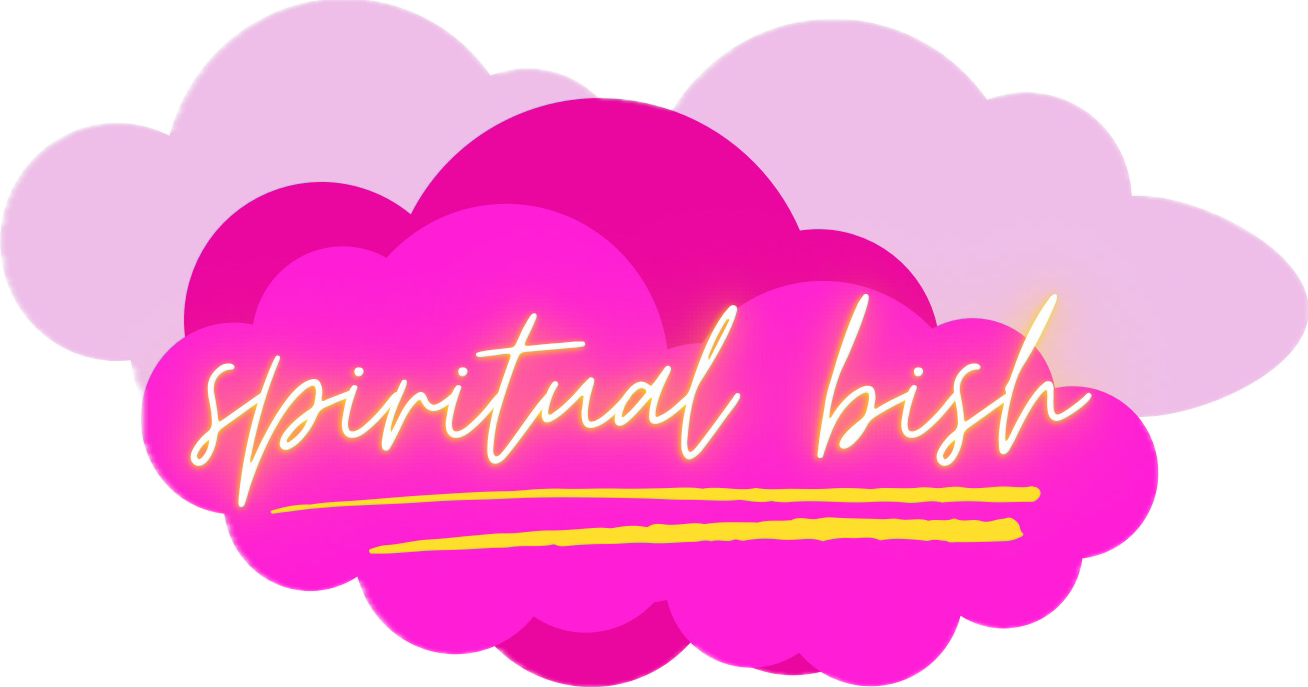You Can’t Outsmart Your Nervous System: The Power of Feeling, Moving, and Befriending Your Emotions
Emotions: Your Body’s Inner Compass
Emotions are energy in motion—e-motion—designed to flow naturally through your body. They’re not problems to fix or weaknesses to overcome; they’re your body’s way of communicating its needs, signaling safety or threat, and helping you process the world.
Even emotions like anger, sadness, grief, or shame—often labeled as “bad” or “unacceptable”—aren’t flaws. They’re evolutionary tools meant to guide and protect you. The challenge arises when we interrupt this natural flow, either by overthinking or suppressing them, leaving emotions stuck in the body.
Why Humans Are Stuck in Their Heads
For most of human history, humans lived in small, tight-knit communities. Like other mammals, we’re wired for connection and belonging—this wasn’t just a luxury; it was key to survival. Being part of a group ensured safety, resources, and emotional support. Feeling seen, understood, and cared for regulated our nervous systems and helped us thrive.
But as we shifted away from communal living during the agricultural revolution, hyper-individualism and isolation replaced connection and cooperation. Productivity, ownership, and competition took center stage, pulling us away from the natural rhythms of life and into a state of constant doing.
This shift disrupted more than our social fabric—it rewired our nervous systems. When connection is absent, our body perceives it as danger. As Dr. Stephen Porges’ Polyvagal Theory explains, social connection activates the ventral vagal system, which supports calm, safety, and compassion. Without it, we default to survival states like fight, flight, freeze, fawn,, or shutdown, cutting ourselves off from others and even from ourselves.




